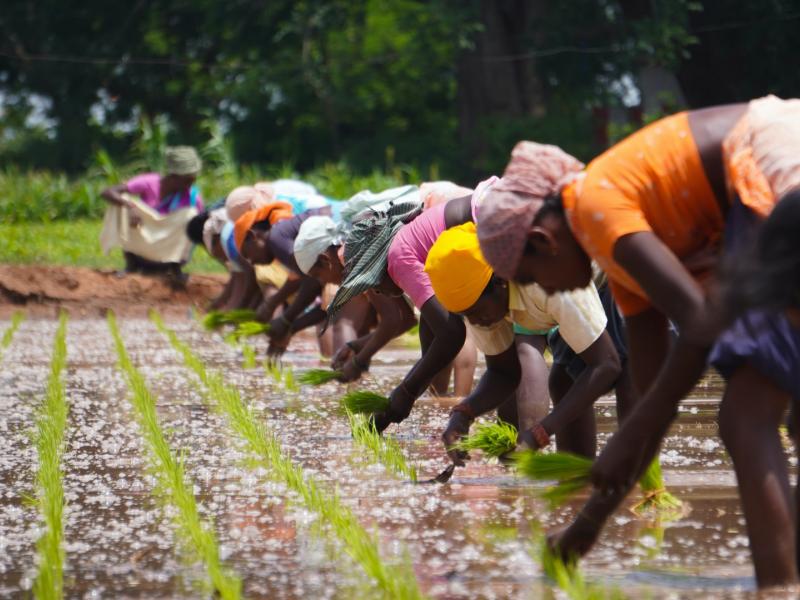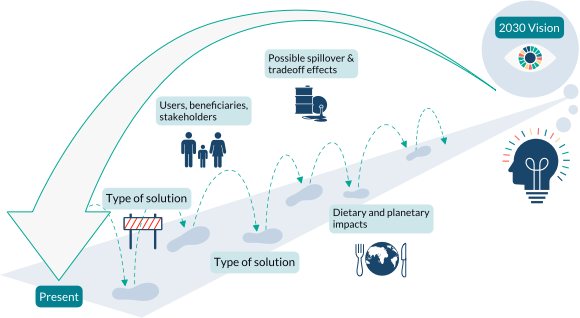Bundled crop insurance products

Description of the innovative solution
A barrier for increased vegetable production is that farmers, particularly small farmers, may have to give up staple food space if they want to change to vegetable production. This risk is increasing with climate change. Mechanisms to protect the livelihoods of smallholder farmers are necessary to assist in producing more vegetables and diversity beyond staple crops. This innovation includes crop insurance products and subsidies as mechanisms to assist in establishing vegetable production. The insurance would come bundled with the seeds, and would reimburse farmers should disease spread. The...
A barrier for increased vegetable production is that farmers, particularly small farmers, may have to give up staple food space if they want to change to vegetable production. This risk is increasing with climate change. Mechanisms to protect the livelihoods of smallholder farmers are necessary to assist in producing more vegetables and diversity beyond staple crops. This innovation includes crop insurance products and subsidies as mechanisms to assist in establishing vegetable production. The insurance would come bundled with the seeds, and would reimburse farmers should disease spread. The payouts could be financial as well as in high quality seeds, irrigation or other assistance to help re-establish production.
Examples and additional resources
Real-world examples
See this solution in action in different contexts and settings around the world
Greater Rural Opportunities for Women (GROW)
Additional resources
Learn more about this solution through studies, articles, business cases, and other information
Best practices for subsidizing agirucultral insurance
Contacts
Connect to others working on and with this solution around the world
Pathways to uptake
Engage with our “backcasting tool” to imagine and design “pathways to uptake” for this solution in your setting.
This process involves defining a future vision of this solution being used in your context, and then working “backwards” to identify necessary steps to achieve this vision by 2030. Going through this exercise as an individual or with a team can help to clarify the WHAT/WHEN/HOW of moving a solution (or package of solutions) towards having major impact. We hope these pathways will inspire outside-of-the-box thinking, creative approaches, and actionable concrete steps to move ideas into action.
Pathway builder
Explore pathways for this solution
Be the first one and add a pathway for this solution!